Thank you to Sharon Leong for guest writing this post. Sharon and her sister, Anne, are co-technology directors for the San Francisco Ghost Society. They’ll be teaching “How Spirits Engage Us” at the 2015 Nevada Ghost and Paranormal Series on Oct. 10.
What can you do to increase your chances of capturing the paranormal in a picture? Here are tips to help you sort out false positives from potential paranormal evidence:
Take 2 or more photos from the same vantage point.
If the camera has a burst setting, use it. I’ve seen many photos containing images that could be paranormal, but unfortunately the investigators didn’t shoot any consecutive pictures taken from the same vantage point that I could compare them to. This means I have no way of knowing if the anomaly could be a frozen reflection of the camera’s flash hitting a shiny object or whether a light could have moved on its own.
Be aware of your environment.
Is the air misty, foggy, smoky or dusty? Are bugs flying around or are cars driving nearby? Are there any reflective surfaces or spooky-looking, non-paranormal shadows? Is the temperature very cold? (Cold temperatures can drain camera batteries as fast as, or even faster than, a spirit can.) All of these factors can contribute to mistaken spirit identification, when it is just the environment.
Take baseline photos of the environment prior to the investigation.
When you examine your photos for possible ghostly images, these baseline pictures allow you to see the contents of a room. Say you think you see a shadowy face in a photo. You can compare it against the photo taken earlier and see that image clearly shows the dark outline of a sewing machine that resembles a face.
Use a tripod when taking photos in dimly-lit or dark places, so the camera doesn’t move while it finishes processing the shot.
The camera’s shutter speed slows down in low light situations, so any movement will cause a smudgy or distorted image. Therefore, in dim or dark environments, consider using a tripod (best practice) or hold your breath and be as still as a statue when taking a shot. Low light causes almost as many false positives in photographs as dust, artifacts and insects.
Finally, most orbs are not paranormal but are dust, bugs or other airborne objects.
One way to avoid false orbs is to use two cameras mounted on a double bracket and then to take shots simultaneously. If one shows up in one photo but not in the second picture, then it’s most likely a stray piece of dust floating in front of the lens of the first camera. However, if the orb shows up in both photos taken at the same time, you may have evidence of something paranormal. (Understandably, this technique is more effective with identifying dust orbs than bugs). In lieu of setting up a double bracket, you can have a fellow investigator take simultaneous pictures alongside you.
It bears noting that the locale and its history are important factors in increasing your chances of capturing something paranormal on camera. Hospitals, asylums, prisons, battlefields—any place where emotions ran high and rampant—are generally promising places for spirit activity. Most of these places are hallowed grounds, so please respect the memories and spirits they harbor.
In closing, I want to share that in more than 10 years of research into spirit photography, I’ve never seen a picture where a specter has posed for the camera. So, if you come across one where the spirit photo looks composed, it most likely is!
Read the post Sharon wrote for me last year, “The Mission Mirror vs. Oscar Wilde.”

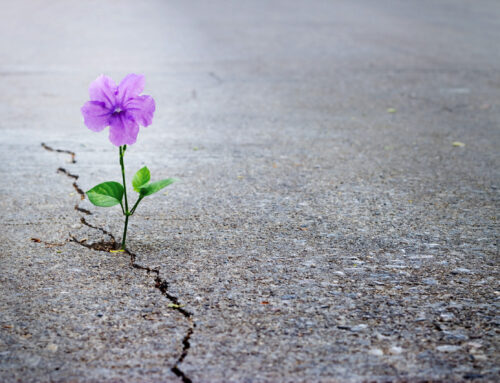
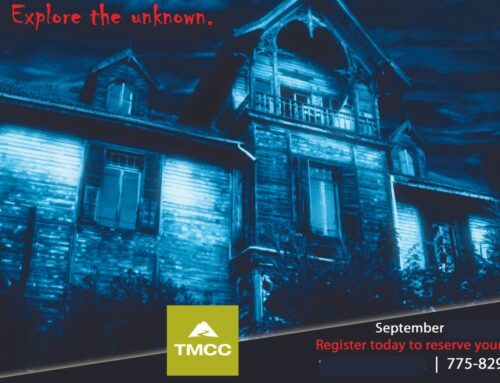
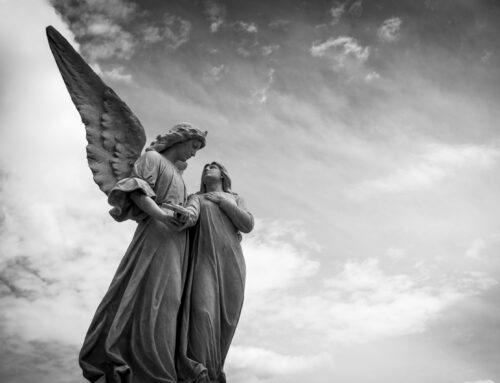
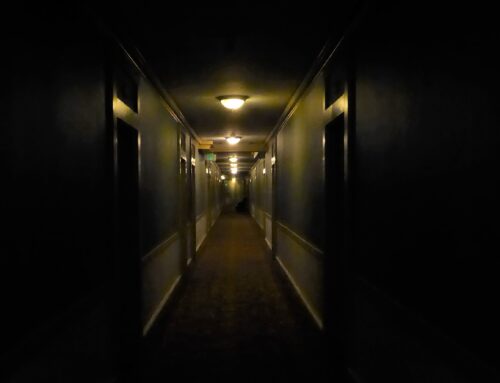
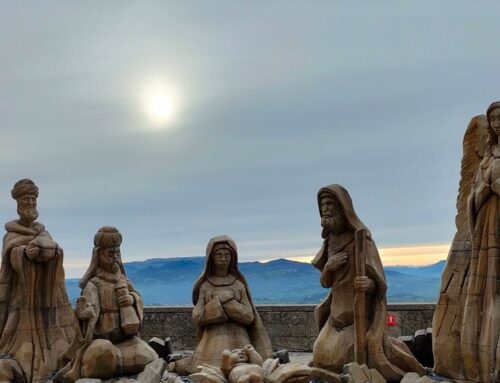
Leave A Comment